The Solar Energy Technologies Office’s Solar Blog features stories about the office, its awardees, and its work. Learn more.
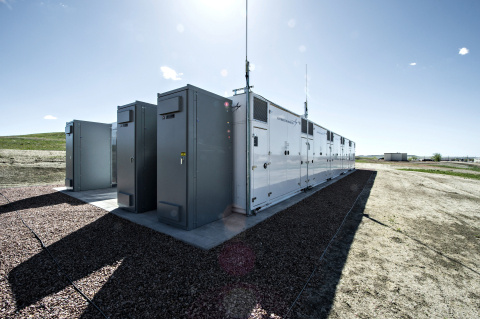
This blog post will explain the terminology around solar-plus-storage, how many solar-plus-storage systems are in the country, and what they cost.
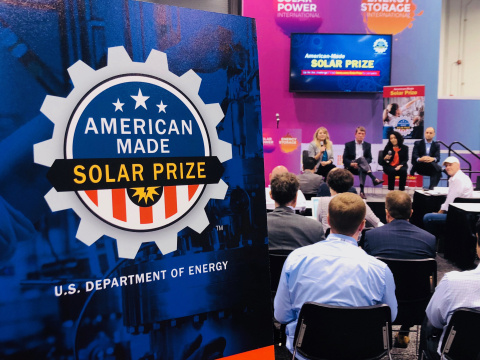
The solar industry is on the move—expanding into new states and creating new business opportunities across the country.
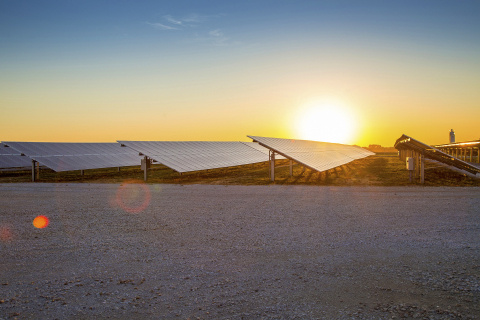
New NREL research will help ERCOT better manage its solar power and integrate it with the 20 gigawatts of wind capacity already installed in the state
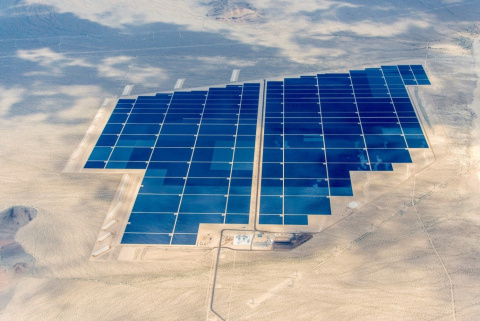
Solar energy provides as much as 15% of generation on the grid in some states, solar energy can provide grid services to maintain system balance.
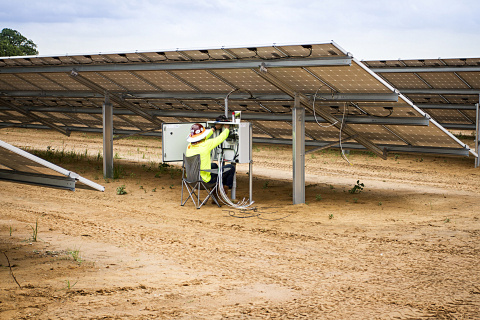
Power electronics are essential to the safe and efficient operation of solar PV systems, serving as a critical gateway between solar and the grid.
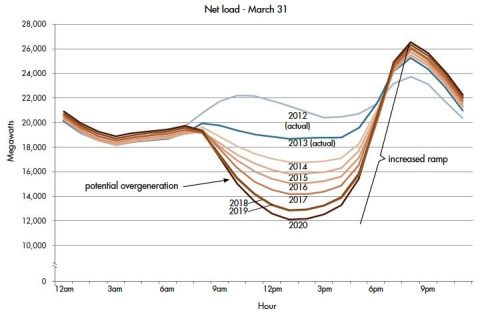
Energy Department research is taming the duck curve by helping utilities better balance energy supply and demand on the grid.
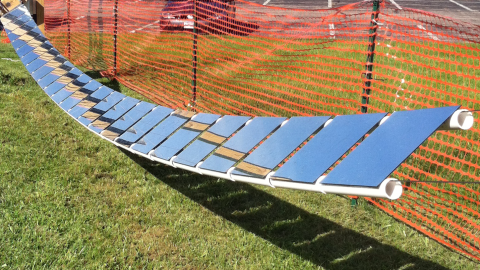
For the first time ever, ganged heliostats could be a viable option for new concentrating solar power systems.
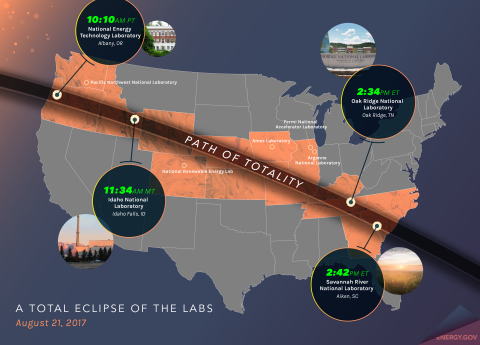
Solar eclipse mania is sweeping across America and for good reason. Here are a few things to keep in mind as the big day approaches.
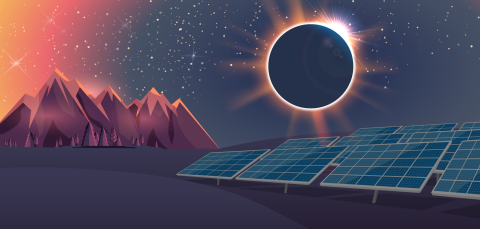
While only lasting about two minutes in each location, the eclipse will dramatically decrease output of photovoltaic power plants across the U.S.
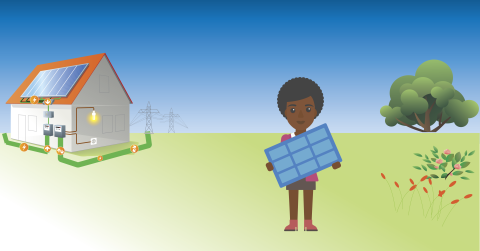
Four fast facts that every solar prosumer should know.
Subscribe to the Solar Energy Technologies Office Newsletter

